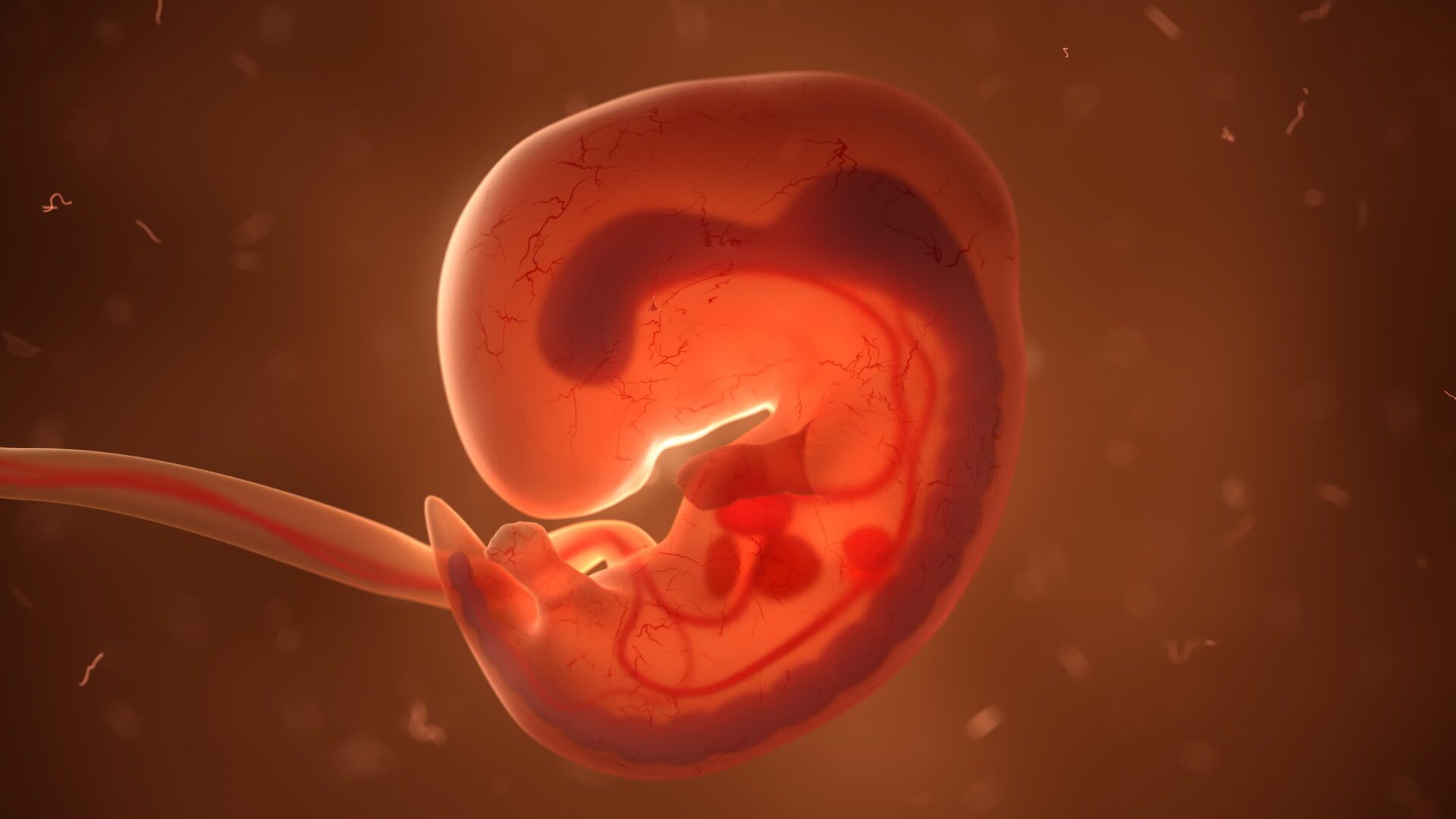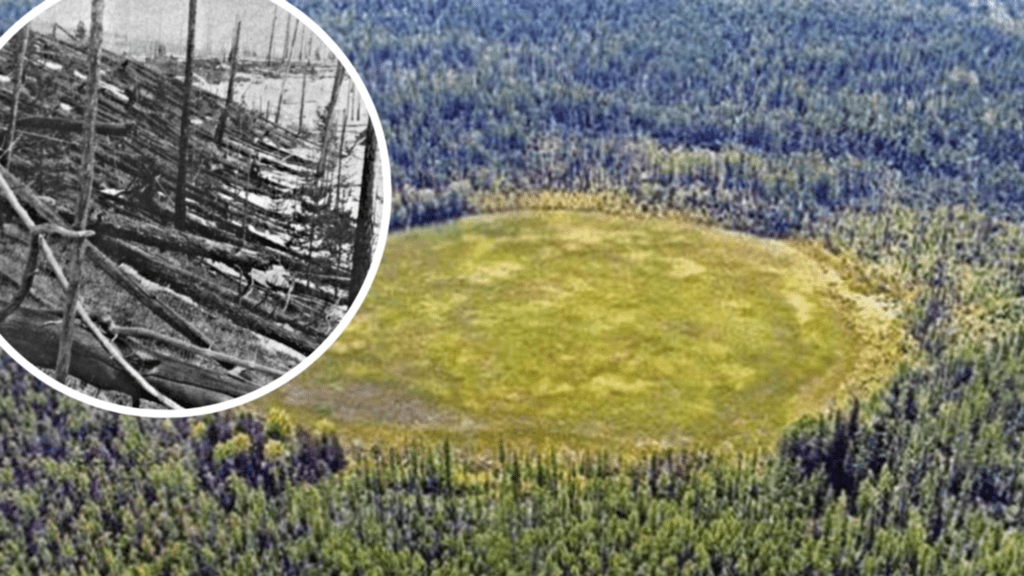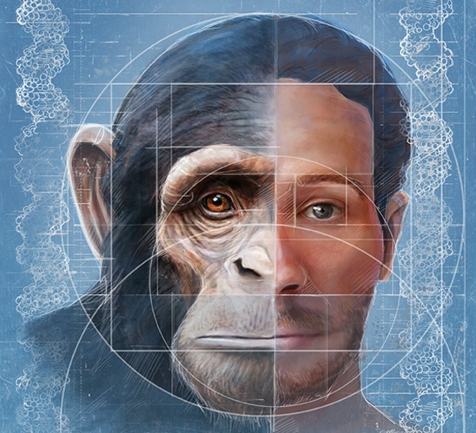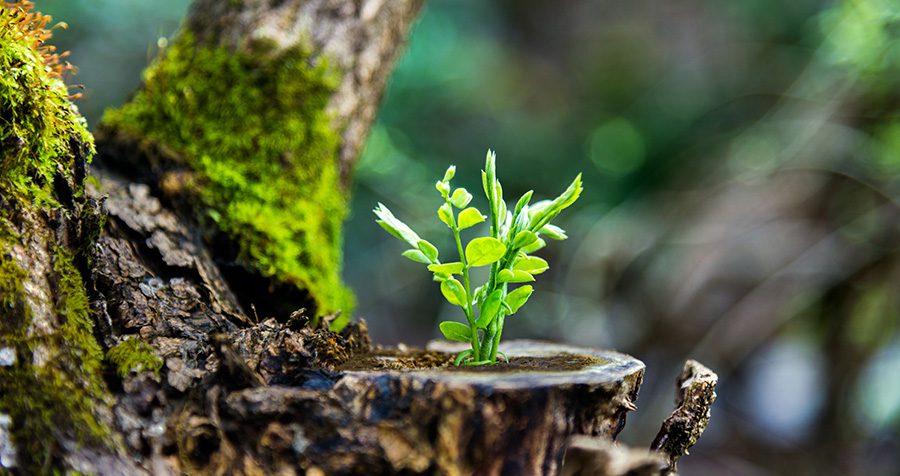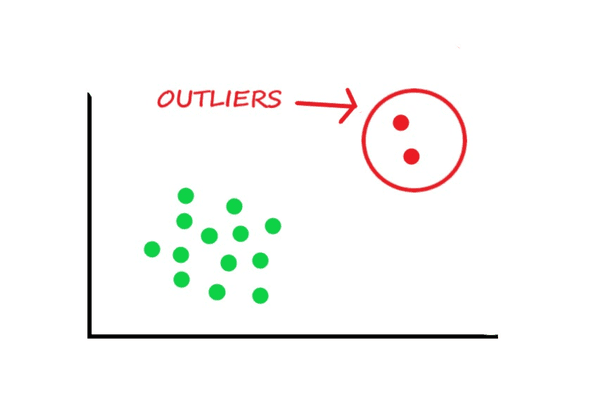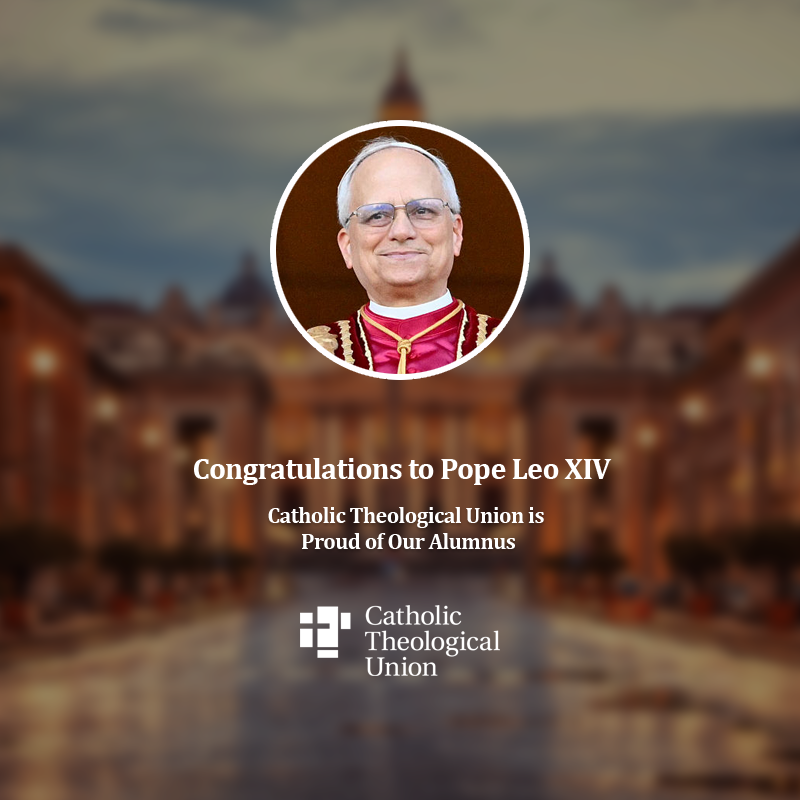Possible Preaching Themes
Possible Scientific Resources
- Why it matters that Jesus was “born of a woman” / “conceived in the womb.” Jesus entering into our reality from the very beginning of life; there is no aspect of our existence he does not embrace
- Mary as a model of reflectivity/ self-consciousness / internal spaciousness, related to her ancient title Platytera ton Ouranon / “More Spacious than the Heavens”
- The Christmas experience of “God’s face shining upon us,” connecting to how it shone upon Mary and the shepherds
- The science of gestation and labor
- For a week-by-week description of how a human develops within the womb: https://my.clevelandclinic.org/health/articles/7247-fetal-development-stages-of-growth
- For additional information about the mother’s corresponding journey: https://kidshealth.org/en/parents/week1.html
- For an understanding of the “obstetrical dilemma”: https://www.americanscientist.org/article/why-is-human-childbirth-so-painful#
- The capacity to “keep things, reflecting on them in our hearts” as a slowly evolving capacity in human existence
- The ability to hold on to memories and use them later to interpret situations and make decisions is something that we get only faint glimpses of in the animal world: https://www.theatlantic.com/science/archive/2019/06/surprising-complexity-animal-memories/589420/
- Evolutionarily, we cannot envision future possibilities if we are not able to also “time travel” into the past and recall memories of previous experiences. Evidence from the animal world highlights how the ability to remember “back” and imagine “forward” go hand in hand: https://www.sciencedirect.com/science/article/abs/pii/S0023969012000318
- What is suggested in the Marian title “More Spacious Than the Heavens”? How spacious are the heavens?
- For a sense of how “big” the heavens are, see: https://www.space.com/24073-how-big-is-the-universe.html
Homily Outline Combining Resources
Homily outline:
- Introduction: It would be so much easier, surely Mary would agree, if Jesus had arrived in the world the way that babies do in fairytales or Harry Potter novels: dropped down the chimney by a stork or bundled with a note and left on the doorstep. But our readings today remind us that this is not the way that it happened:
- Gospel: “he was conceived in the womb”
- 2nd reading: he was “born of a woman”
On this feast of Mary explicitly as “Mother,” perhaps it would be good to ponder a bit what that entails.
- What it meant for Mary
- From day one after the Annunciation, Mary’s body began to undergo profound changes: sore breasts, extreme tiredness, morning nausea, aversion to foods she usually loved, losing weight before slowly regaining it, clothes too tight at first across the shoulders and then across the belly. (https://kidshealth.org/en/parents/week1.html)
- The awkward social interactions: talking with her parents, Joseph, neighbors.
- The added “political” complication of the census: having to travel far from home at the time of birth, the “obstetrical dilemma” of needing to rely on others for help in birthing process but not able to rely upon her own family during hours of painful labor. (https://www.americanscientist.org/article/why-is-human-childbirth-so-painful#
- Why does scripture invite us to ponder what it concretely means to be “conceived in the womb” and “born of a woman”? Why do these experiences matter?
- A door for pondering even more the mystery of Christ.
- Reveals there is no stage of human existence that Jesus does not participate in and redeem from within. There is nothing about being human that is not part of his story as well.
- What it meant for Jesus (https://kidshealth.org/en/parents/week1.html)
- Beginning smaller than the size of a mustard seed – as cells divided and multiplied moving from morula to blastocyst to embryo.
- Appearing as a tiny tadpole, the size of a grain of rice – with curled backbone (neural tube) arching from earliest brain to “tail,” with tiny arm and leg nubs, only the slight indentations of where eyes and ears would form.
- By Week 10: Slowly growing the unique features of a human face – eyes that one day would look with kindness; ears that would one day hear the cry of the poor. Slowly growing the fingers that would touch the sick and outcast. But still less than 2 inches in length.
- By Week 12: His vocal cords would have formed so that one day he could chant the Shema, preach on the mountainside, and command the sea to be still.
- By Week 18: Would be able to hear Mary sing lullabies and begin to absorb her praying the Psalms of Israel.
- By Week 21, his digestive system would begin to work and by Week 22, his sense of taste for all of the meals that he would one day share with his friends.
- By Week 26, began to blink so that one day he could clear the dust of the itinerant’s road from his eyes.
- In weeks leading up to birth, he gained the fat that he would need to survive cold winter nights and days when food was scarce. He was no longer able to move around as freely and began to experience the sense of struggle against constraints that would mark his whole life long.
- But before he grew too large for this space beneath his mother’s heart, he turned downward to ready himself for the excruciating journey to greater life, just as he would again in another thirty-some-odd years.
- Conclusion:
- During this Octave of Christmas, we pause to ponder how Jesus was in complete solidarity not only with our earthly life and death, but even our gestation and birth. There is nothing of our experience that is foreign to him, and hence nothing in our experience that is not made sacred by him.
- With Mary his mother, we turn this mystery over and over again in our hearts and minds. And we recognize that just as Mary was Jesus’ mother in this journey of human existence, she will be ours as well.
There are other ways he could have come but did not. He chose to partake of our human experience from the very start.
Related Homily Outlines
Couldn’t find what you’re looking for?
Try searching with another filter
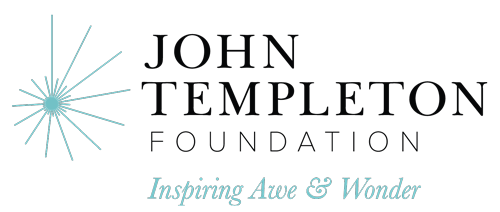
Preaching with Sciences

Edward Foley, Capuchin
Duns Scotus Professor Emeritus of Spirituality
Professor of Liturgy and Music (retired)
Catholic Theological Union
Vice-Postulator, Cause of Blessed Solanus

